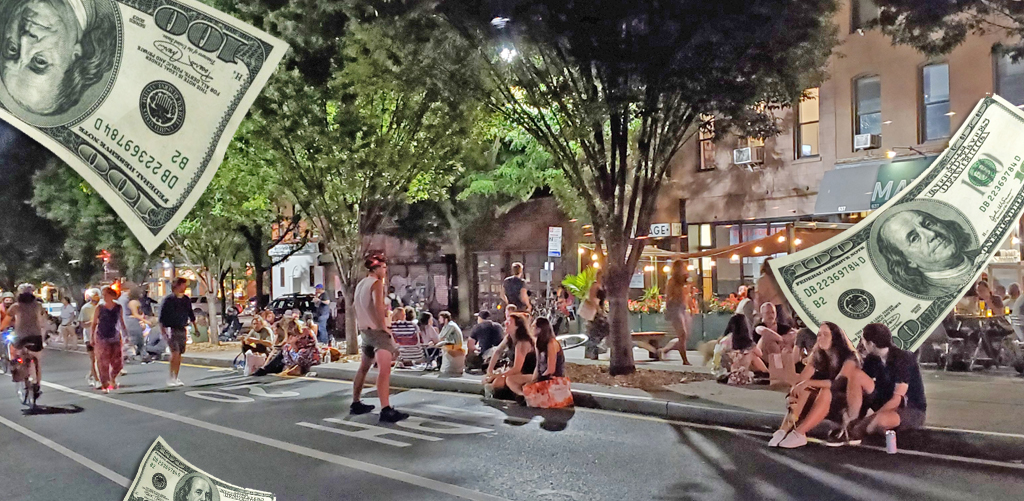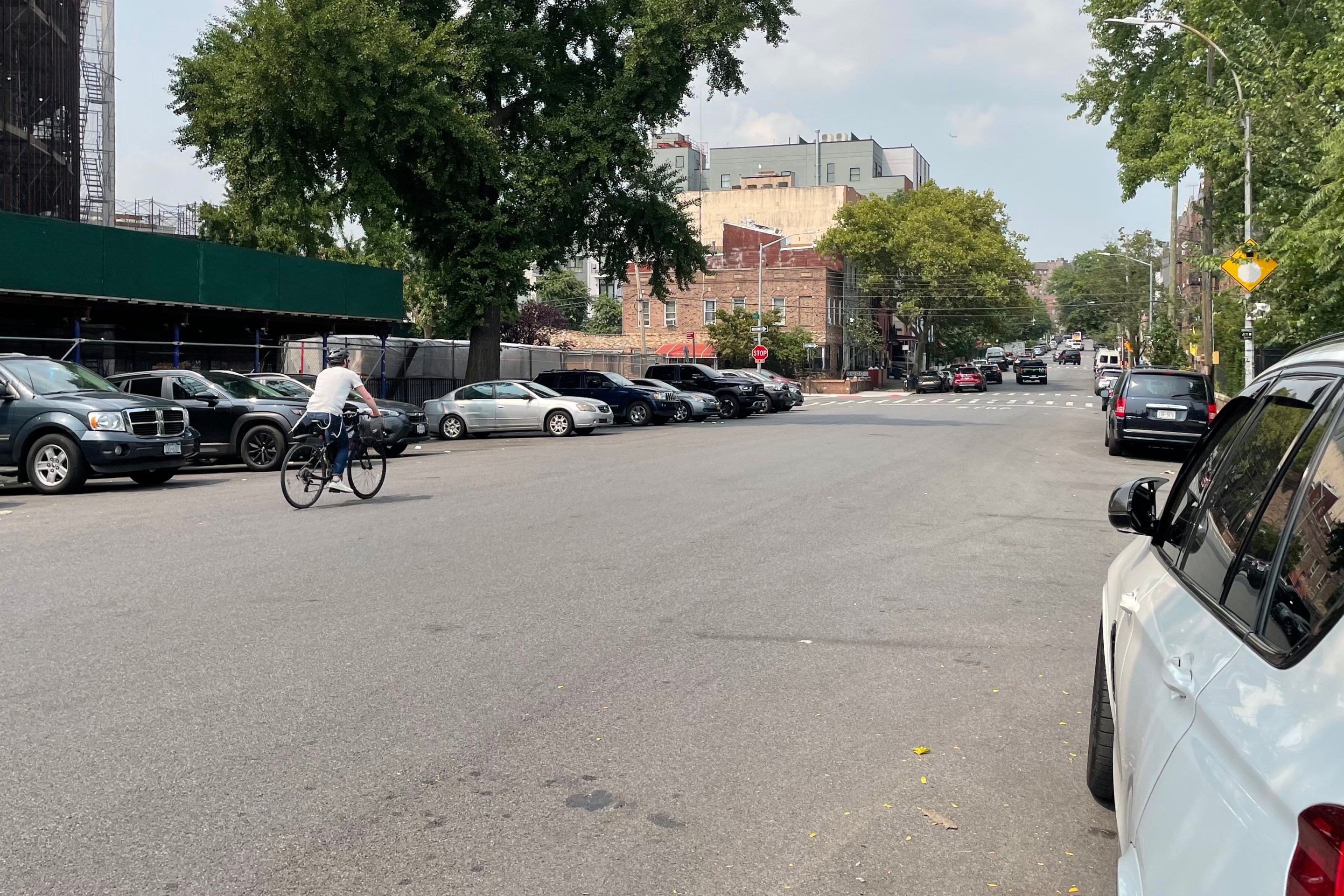Car-free design is business-friendly.
Open streets across the city are seeing lower storefront vacancy rates than their car-filled counterparts, according to a new report from the Department of City Planning.
Released on Friday, the report, Storefront Activity in NYC Neighborhoods, reveals that vacant storefronts citywide have been steadily declining, with one-third of new businesses opening since 2020 — a key milestone in the city's pandemic recovery.
One of the report's key findings highlights the positive impact of pedestrian-first design. The analysis shows a clear correlation between open streets programs and thriving local businesses, suggesting that removing cars from certain areas is boosting economic activity.
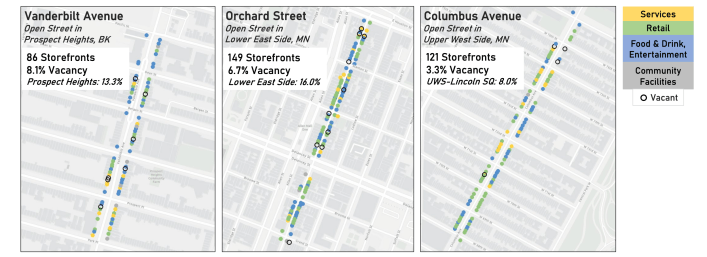
“This report confirms what pedestrians in New York have known for years — vibrant public spaces are key to the success of local businesses,” said Ya-Ting Liu, the city's chief public realm officer. “By expanding access to open streets, plazas, privately owned public spaces, outdoor dining, and reducing sidewalk sheds, we're creating walkable spaces that benefit both New Yorkers and visitors, while supporting small businesses and the local economy.”
Across the city, most neighborhoods have seen lower vacancy rates than a year ago, with more than 45,000 new businesses opening since early 2020. The "Open Streets" program, launched under Mayor Bill de Blasio to support businesses during the pandemic, is now permanent, with more than 130 locations at the beginning of the 2024 season. Businesses along open streets have increased foot traffic and more paying customers, experts have observed.
“Most businesses along open streets see the benefits,” said Alex Morano, a volunteer with the Vanderbilt Avenue Open Street in Brooklyn. “The report confirms that prioritizing pedestrians and cyclists is good for business.”
The Department of Transportation oversees the Open Street program, but each location is managed by different partners. Some, like the Orchard Street corridor in Manhattan, are run by powerful local business improvement districts, which have funding for security and sanitation workers. Others, like Vanderbilt Avenue, are run by volunteers. Advocates hope the new report will highlight the program’s benefits and encourage the city to invest more resources into its expansion.
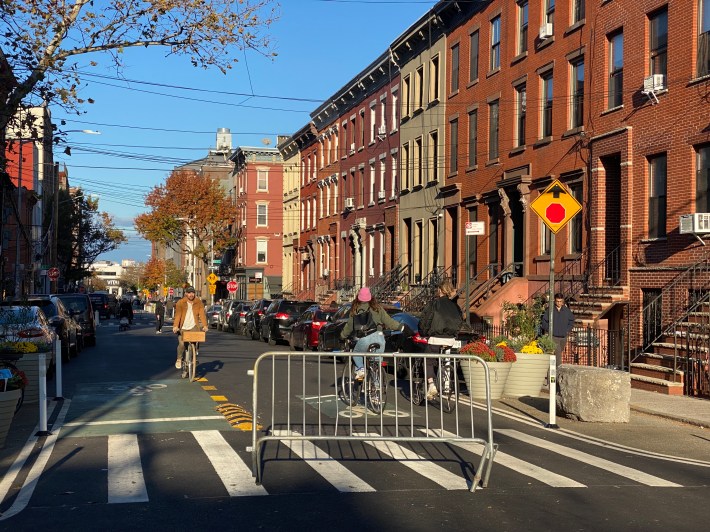
“The work to run open streets is done by volunteers, but it ultimately benefits the whole city,” said Morano.
New businesses are increasingly seeking locations on Open Streets. In some cases, these corridors are helping revitalize neighborhoods where more people work remotely and spend more time close to home, rather than in Manhattan business districts. In Williamsburg, where a significant portion of residents work remotely, the Berry Street Open Street has become a hub for parents, young professionals, and others who spend weekdays in the neighborhood instead of commuting.
“There are a lot of remote workers in Williamsburg, and Berry Street has become a popular spot with coffee shops and places to work,” said Brent Bovenzi, a volunteer with North Brooklyn Open Streets, which runs the seven-day-a-week open street on Berry Street. “If people aren’t commuting to Midtown, their lunch breaks might look like a walk down Berry.”
Bovenzi, inspired by the report’s analysis of other successful corridors like Vanderbilt and Orchard Streets, decided to do his own count of the vacancy rate on Berry Street. After walking the length of the corridor, he found the vacancy rate was half that of the overall rate in Williamsburg.
“I counted and found that Berry Street has a 7.1-percent vacancy rate, compared to 15.1-percent across Williamsburg as a whole,” said Bovenzi. “Three of the empty storefronts already have signs announcing something new is coming soon.”
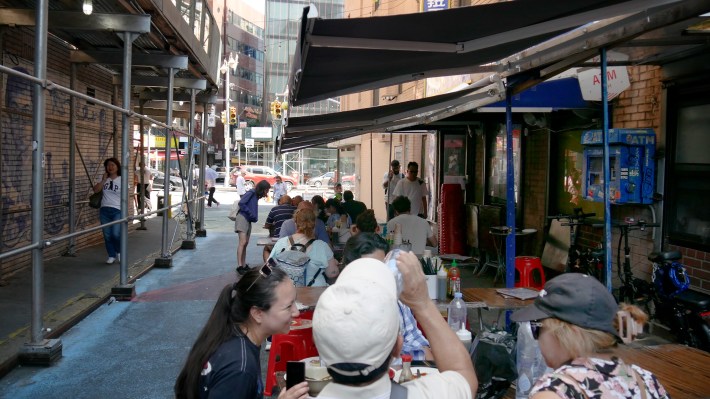
Like Morano, Bovenzi noted that the volunteer nature of the program can be challenging. Despite the success of the Berry Street corridor, Open Streets citywide have been shrinking due to the heavy reliance on volunteer labor to keep them going.
“The Open Street program has been a runaway success, even without the pandemic looming over us. And yet, we've also seen the program shrinking because too much of the burden falls upon volunteer labor. This is just another report that shows how this is generating economic value for the city so it would make sense for the city to support it more,” said Bovenzi.
The report also highlights other public realm projects — like creating new DOT-run plazas and expanding privately owned public spaces — as contributing factors to lower vacancy rates. Advocates for less car-dependent cities argue that these findings underscore the importance of people-centric design for business success.
“This just confirms the old saying, ‘Cars don’t spend money, people spend money,’” said Carl Mahaney, the director of Streetopia Upper West Side. “Ultimately cities are incubators, social incubators, economic incubators. And the car is a barrier to that. We know that, and this is proof. I mean, this is fantastic proof of that truth.”
